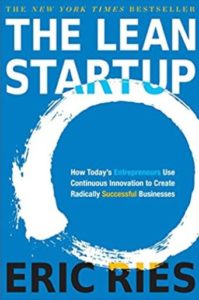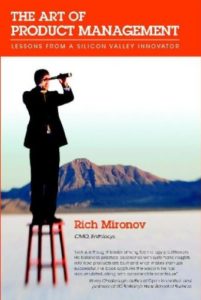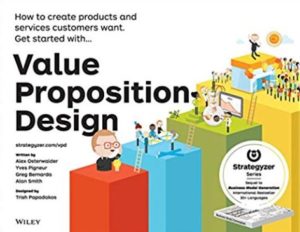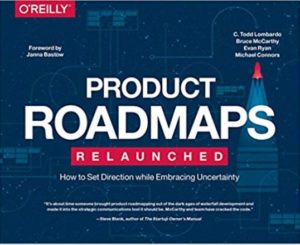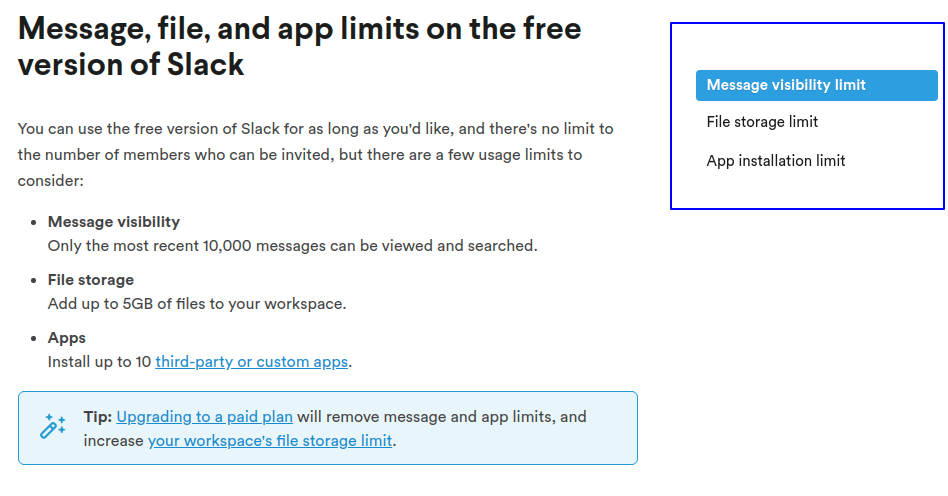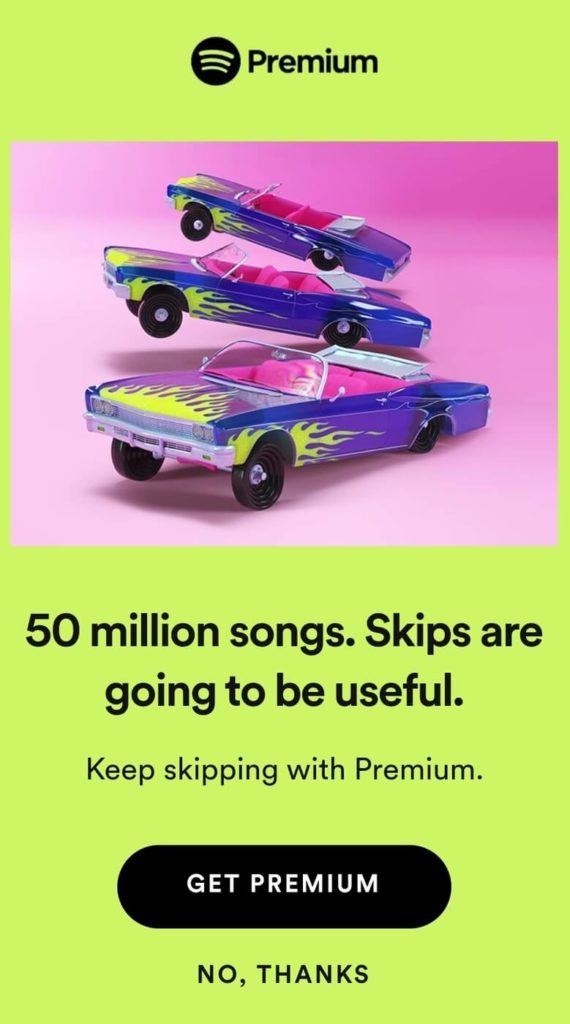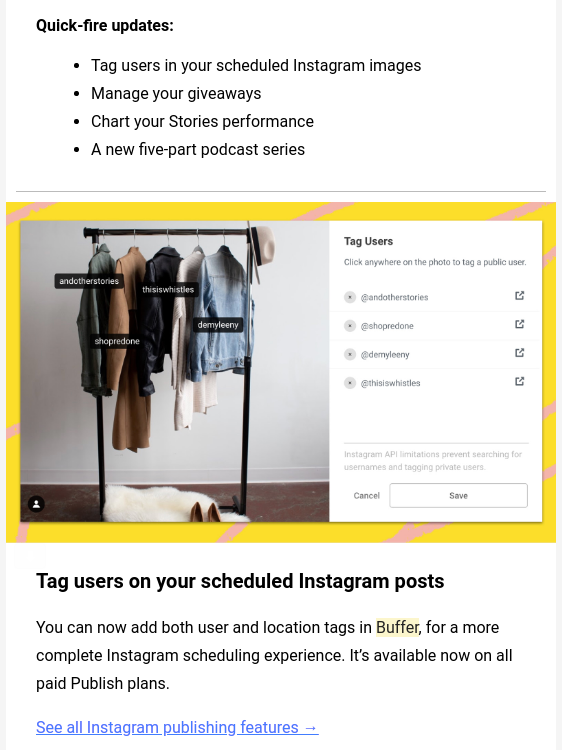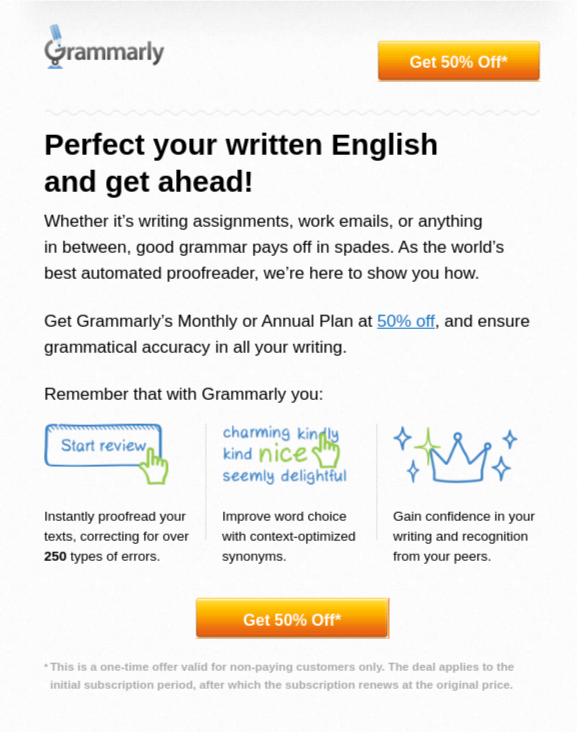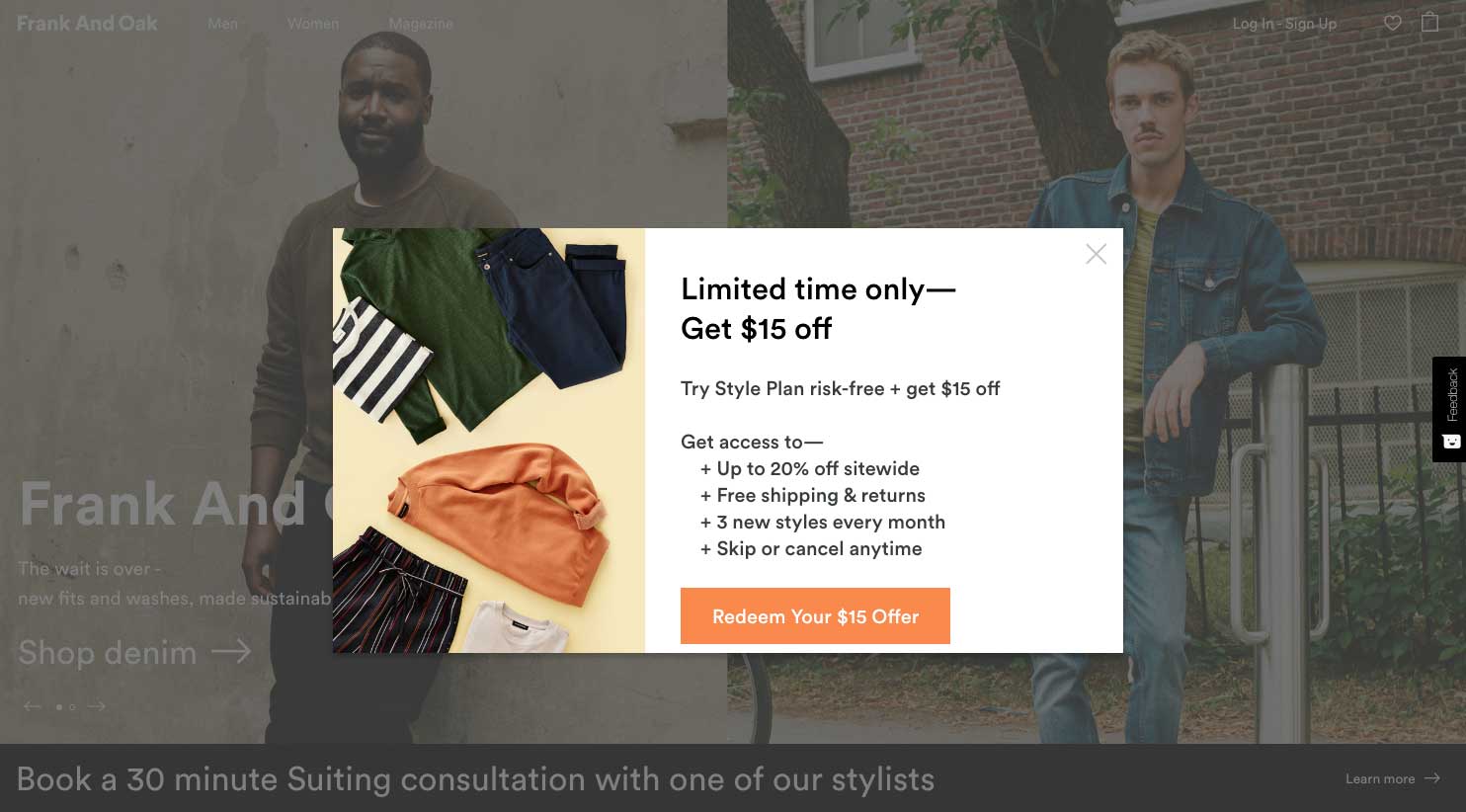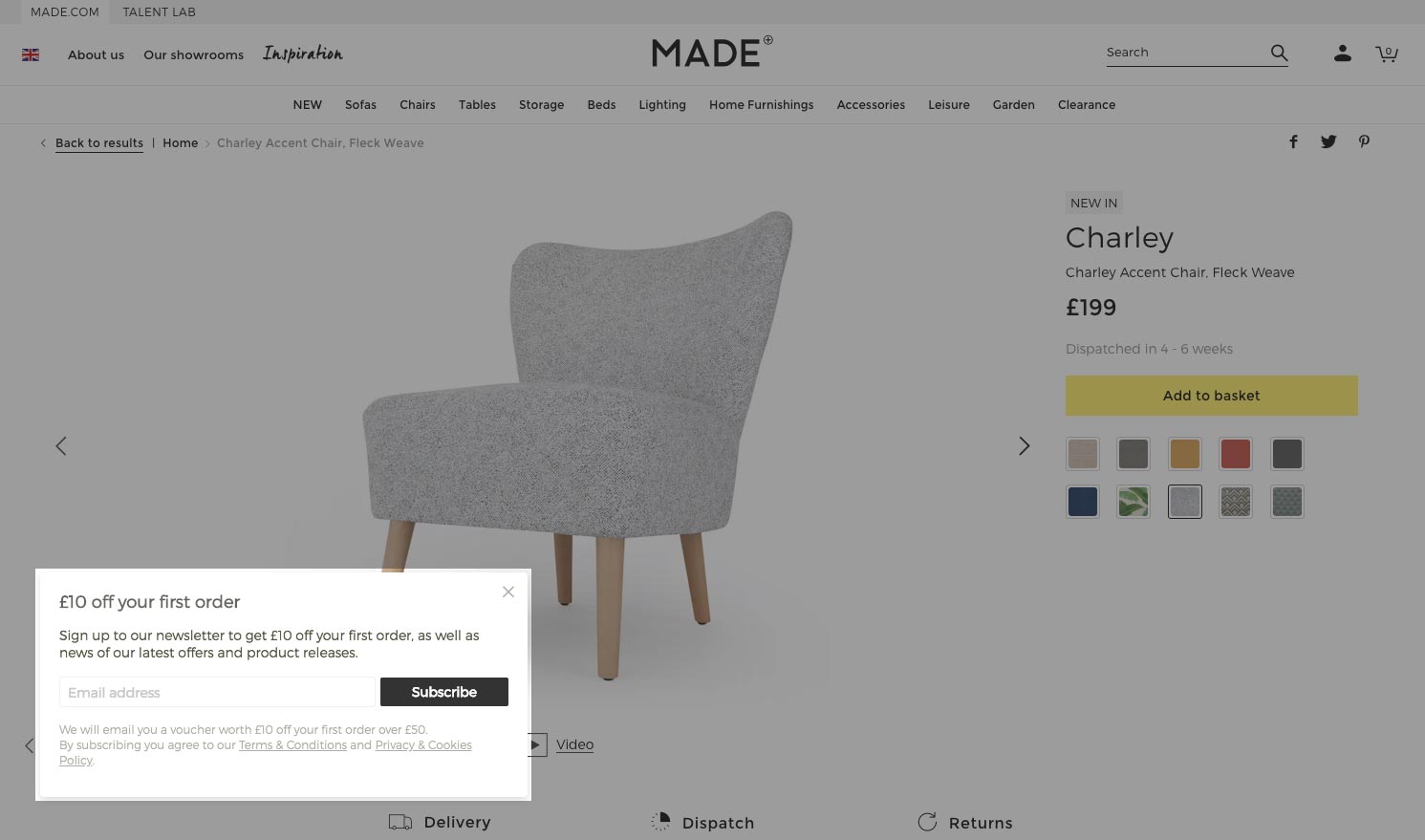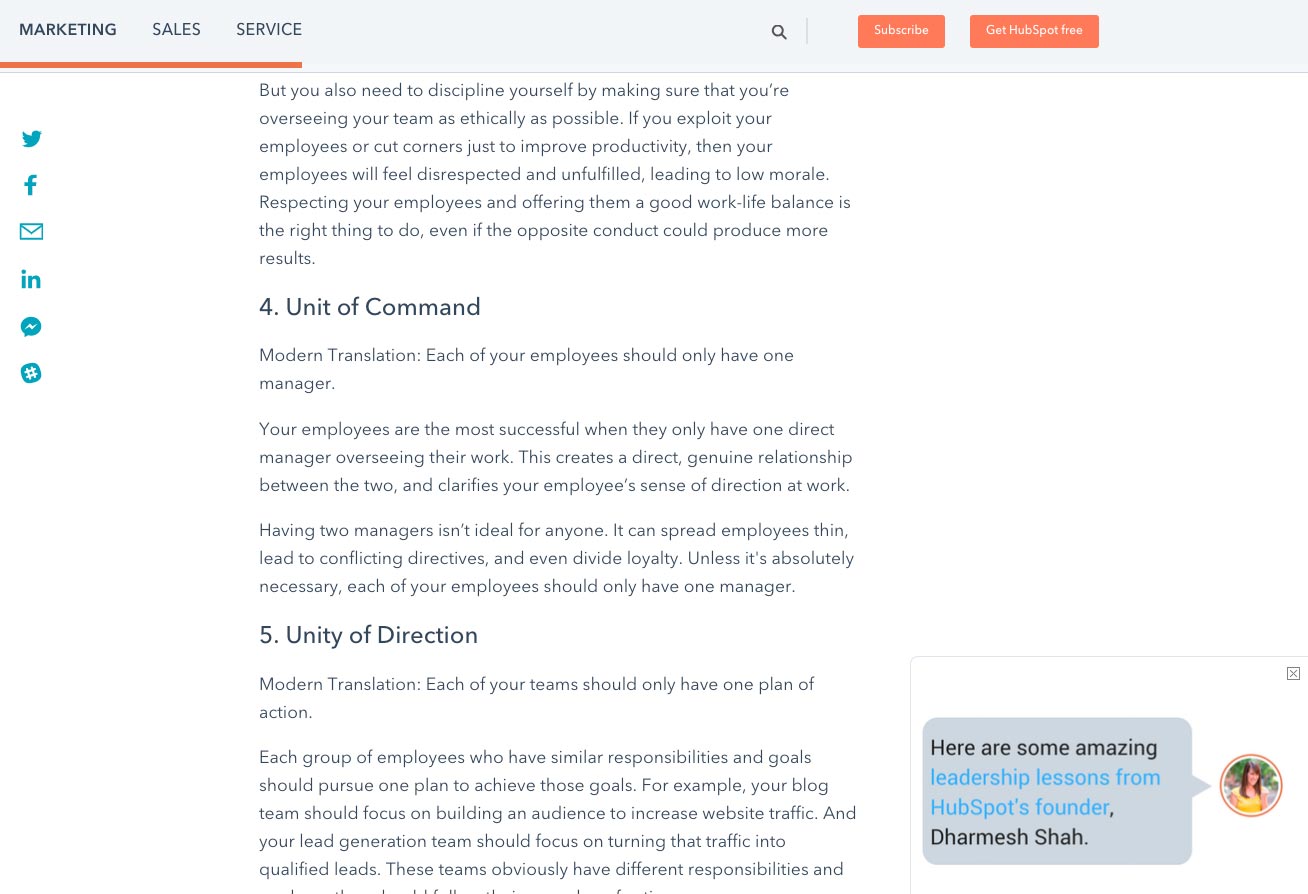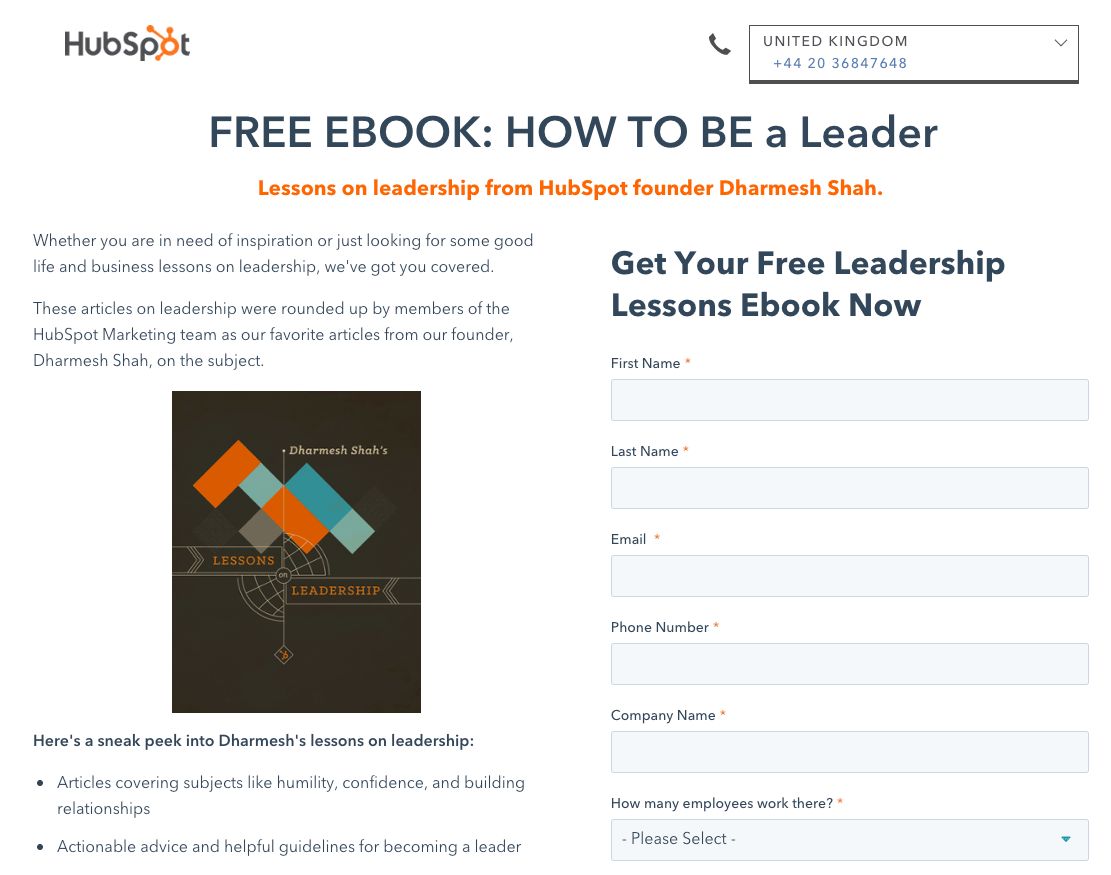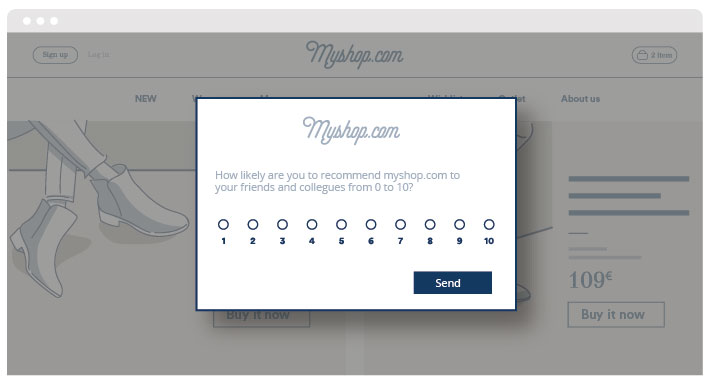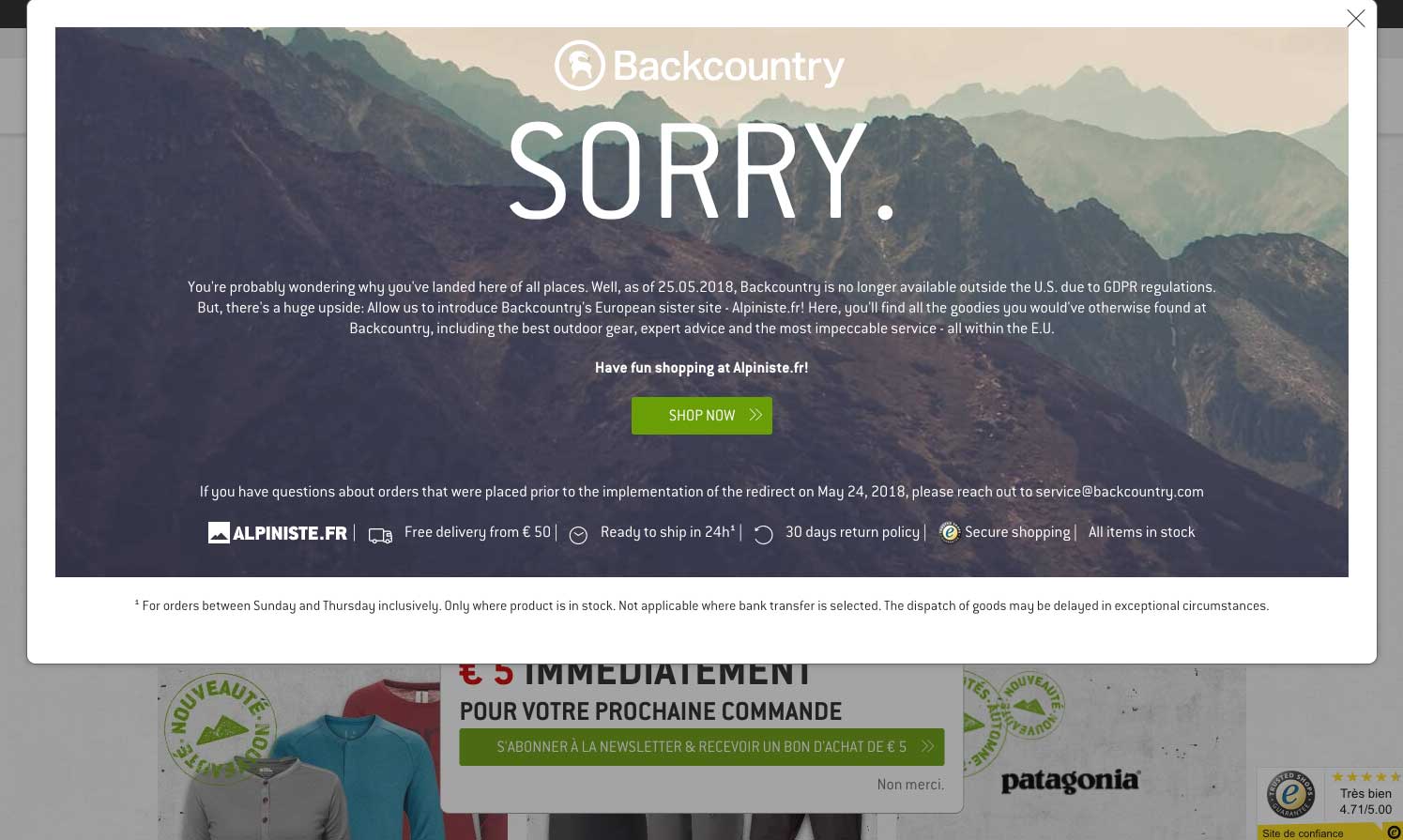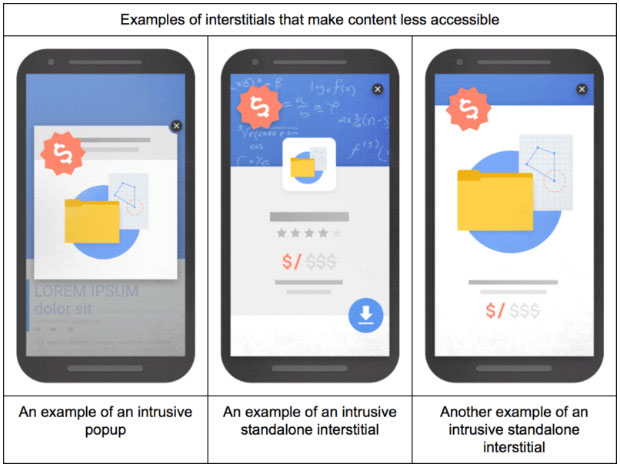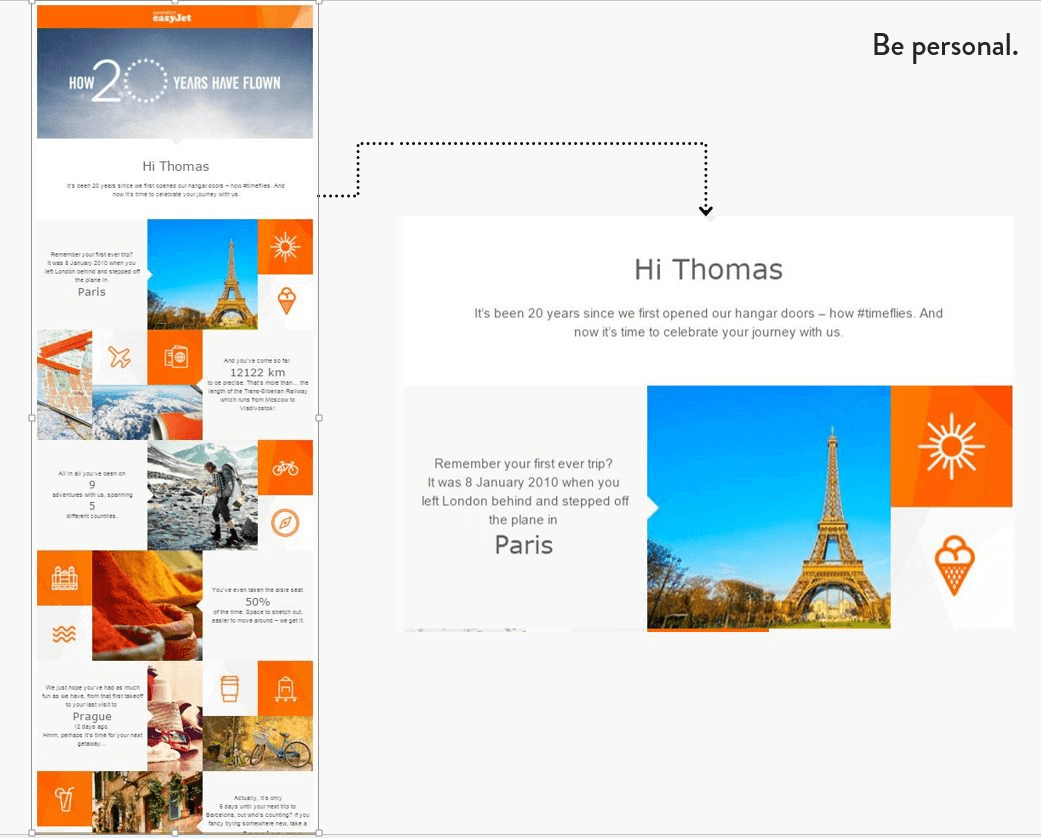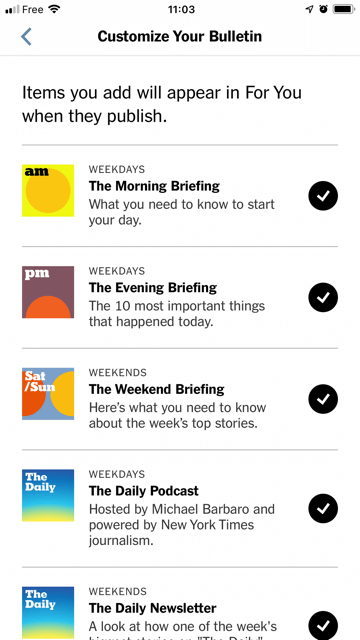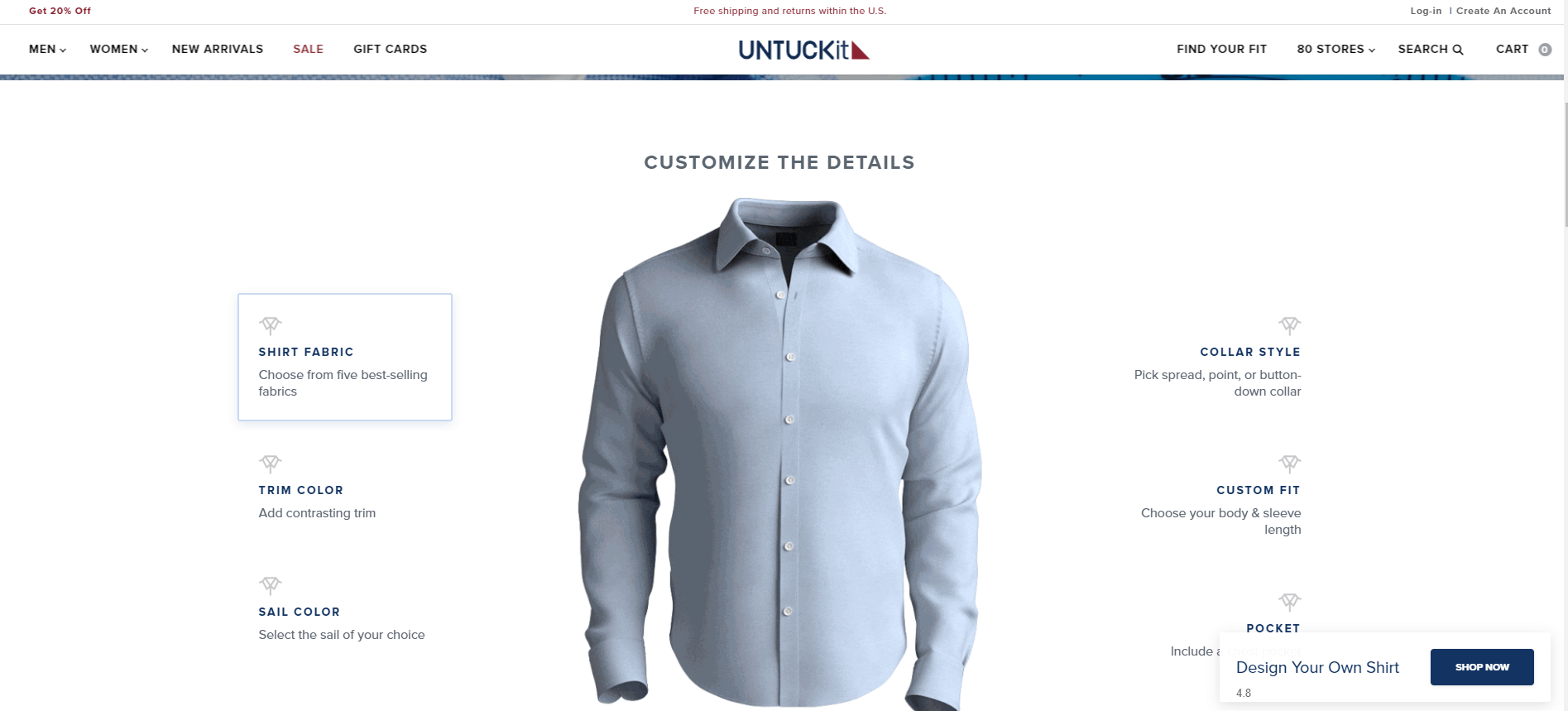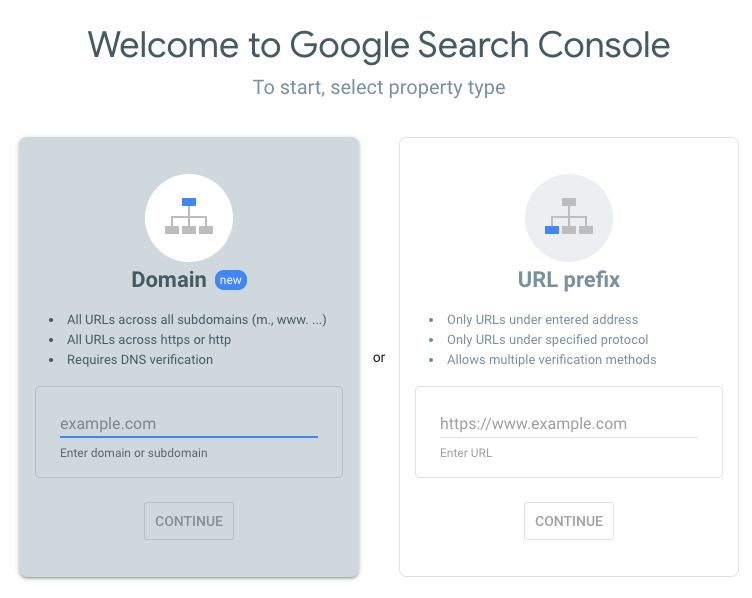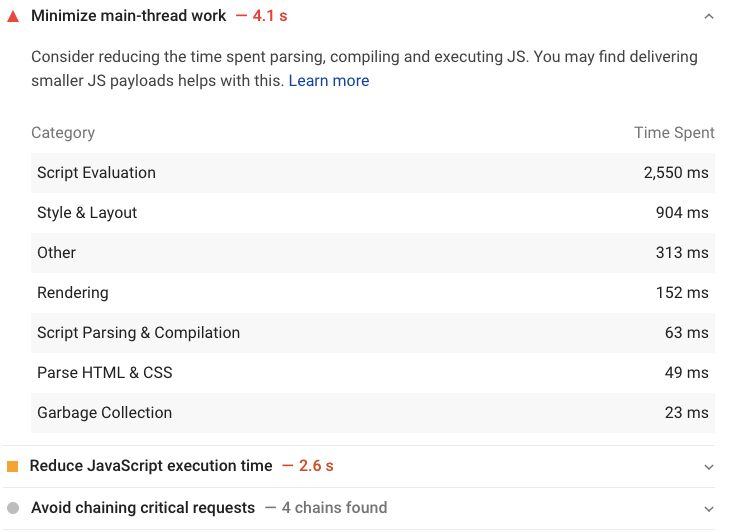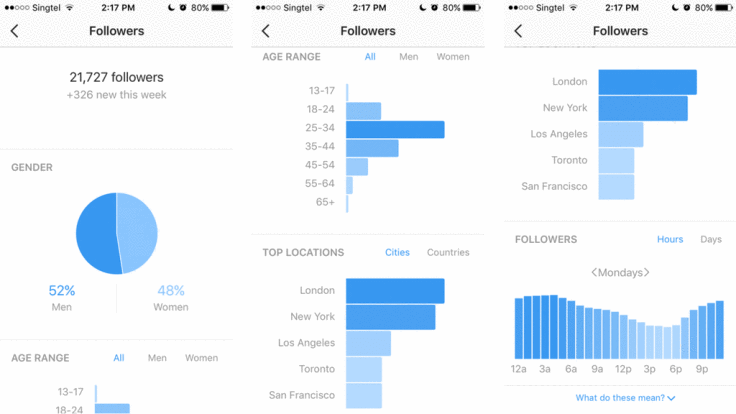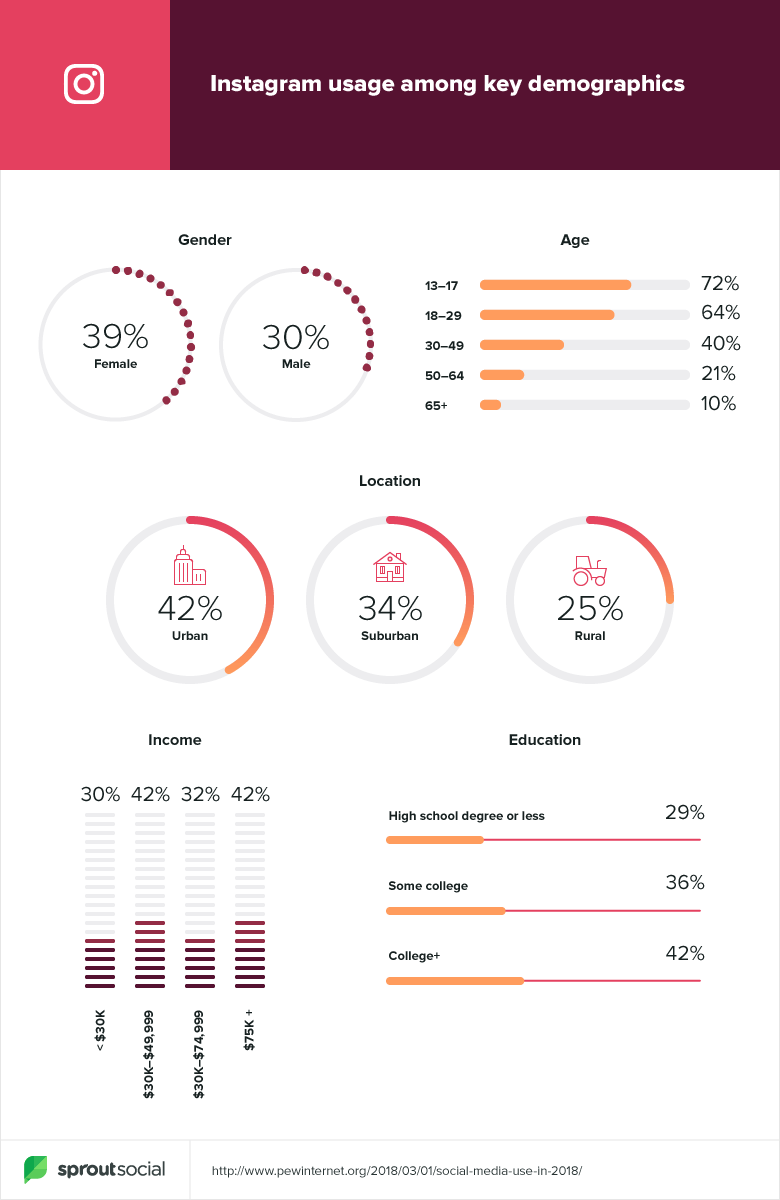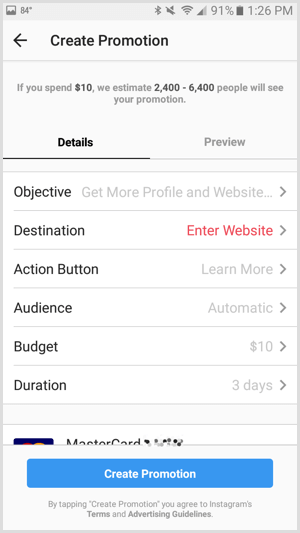Call to actions (CTAs) count. In fact, more than 90% of consumers who read your headline will also read your CTA copy.
A well-crafted call to action will result in more click-throughs, which typically translates to more conversions.
Your CTA should inspire action, telling your audience what to do next in a way that’s clear, direct, and offers real personal value. If you fail to make an impact with your CTA messaging, then more often than not, the rest of your content will be rendered redundant (or at least become diluted).
So, to help you increase your call to action click-through rate (CTR) and boost your bottom line, here are 15 practical tips.
1) Make your CTA buttons appear ‘clickable’
While this may sound glaringly obvious (making your CTA buttons clickable is the aim of the game, after all), it’s vital.
To ensure that your CTA messaging stands out on the page and appears clickable to your audience, here are some fundamentals you must consider:
- Make sure that your CTA button doesn’t clash with other visual elements on the page.
- Opt for a rounded or rectangular button.
- Create text and button colors that have a clear contrast. If prospects can’t see your text, it’s unlikely they will take action.
2) Put your CTA buttons in the right places
When it comes to boosting the click-through rate of CTA buttons, placing them in the right place is essential.
An eye-tracking study discovered that most users follow an F-shaped pattern when browsing web pages. That said, there are areas of a webpage where your CTA button will perform better.

Placing your CTA button above the fold will often prove effective, but it’s certainly not compulsory. Providing you place your CTA button in a logical place somewhere in that ‘F browsing shape, you will entice more click-throughs.
Look at your page as if you were a consumer. Follow the browsing pattern and it should become clear (within the context of your content) where to place your CTA button.
3) Focus on your short button copy
Most effective CTAs are concise yet impactful. So, if you focus on your short button copy, you will increase your CTA click-through rate.
Your CTA button will have limited room for text, so you have to make your copy count. Here are some solid short copy examples for inspiration:
- Get started
- Subscribe
- Try for free
- Join us
- Join the family
- Let’s work together
- The time is now
- Start your journey
4) Evoke emotion or a sense of enthusiasm
Concerning your CTA click-through rate, the more urgency you create, the more influential the result.
If you create a sense of urgency or generate enthusiasm with your CTA, you will prompt people to click-through.
For instance, if your landing page is focused on selling a brand new product, then once you’ve told your story and highlighted the USPs, you could sign off with, ‘…but they’re selling like hotcakes. Order yours now before it’s too late.’
This level of urgency will prompt click-throughs.
5) Use action words
Certain words or phrases will encourage action. Known as marketing action words, these particular terms are punchy, impactful, and will encourage consumers to click-through.
This glossary of marketing action words will boost the success of your CTA click-through rate—and there are plenty to choose from.
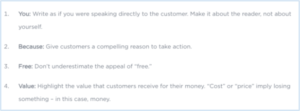
6) Utilize FOMO
FOMO (fear of missing out) is an approach that will help you boost your CTA click-through rate exponentially. If you’re running a promotion or marketing a new product, the FOMO trick will work wonders.
By producing a CTA that makes your audience feel like they’re going to miss out on something worthwhile (or be the only one left out), you will motivate them to click-though and, potentially, convert.
Phrases like ‘don’t miss out’ work well when it comes to FOMO marketing, as does letting your audience know how many people have bought your product or signed up to your service. And, considering that 69% of millennials have severe FOMO, the fear of missing out card is certainly worth trying.
7) Customize your CTA according to device
The concept here is simple: to ensure a healthy click-through rate for your CTA, you must make sure that it’s optimized for every device.
Whether you’re talking about a CTA button or a powerful text-based sign-off, you must always test your call to action across every device (desktop, mobile, tablet, etc.) to ensure that it’s functional, legible, and creates maximum impact.
If you fail to do so, your CTA click-through rate is likely to dwindle, fast.
8) Use numbers where you can
There is a science related to numerics and the human brain. It appears that we can process numbers more intuitively than words at a glance.
That said, if appropriate, use a number rather than a word as this is likely to help with your click-through rates.
For instance, rather than ‘Shop now: only two days left,’ you should try ‘Shop now: only 2 days left.’
9) Step outside the box
This is a phrase that is used so frequently it’s become a cliche. But regarding your CTA CTRs, stepping outside the box will yield positive results.
What we mean here is that when it comes to a call to action, getting a little creative will encourage more engagement.
Here are some tips that will help you step outside the (CTA) box:
- Hit your reader with a hint of unexpected messaging. PointBlank SEO’s ‘Be Awesome’ CTA is an excellent example.
- Experiment with conversational language or regional phrasing (tailored to your target audience).
- Weave your brand name into your CTA copy. Greetings card brand, GiftRocket, did this well with the CTA copy: ‘Send a GiftRocket.’

10) Build suspense and anticipation
In addition to creating a sense of urgency or taking the FOMO approach, generating suspense will also benefit your CTA CTR.
By creating an air of mystery or somewhat of a cliffhanger with your CTA messaging, you will encourage your readers to click-through and find out more.
As humans, we’re a curious bunch with an affinity for storytelling. Create suspense, sign off with a cliffhanger, and people will have no choice but to click through.
11) Add images where appropriate
Using a powerful or striking image in conjunction with your CTA will help to encourage click-throughs.
But if you want your image to boost your CTA success rather than hinder it, you should follow these best practices:
- Choose an image that aligns with your call to action goal.
- Avoid imagery that is too bright or busy as this will detract from your CTA message.
- Select images that are likely to evoke the emotion you want your reader to feel. For instance, if you’re a wellness service provider, looking to make people feel uplifted, then using a more animated image of smiling faces might work well.
12) Experiment with colors
When it comes to CTA buttons or text, experimenting with colors will help you increase your click-through rate.
Studies suggest that bold, bright colors are effective for CTAs, so start experimenting with a vibrant palette and see what fits best with your blog post, landing page, or product page.
13) Use white space
Another click-through rate-boosting design tip comes in the form of white space.
By placing a healthy amount of white space around your call to action text or button, you will grab the reader’s attention on the page.
As a result, your readers will focus more on your messaging, in turn prompting them to click through. This approach will prove especially effective for mobile screens.
14) Follow a natural progression
As we touched on earlier, the human brain responds well to storytelling. To give your CTA a click-worthy punch, your page elements should follow a natural progression or narrative.
When you’re creating your page content, consider the F-shaped scanning pattern, using this logic to tell a story that ultimately flows towards your CTA.
But whatever you do, make sure that this natural progression doesn’t jar the reader and make them bounce off the page. For example, you wouldn’t put a ‘register now’ CTA button above your event or webinar details.
Follow a natural progression that focuses on strong storytelling and the rest will follow.
15) Don’t forget to A/B test
If you want to optimize your CTA performance and maintain consistently high click-through rates, then A/B testing is essential.
By testing two versions of a web or landing page, you can gain a wealth of performance-related insights that will help you make the best possible decisions based on CTA design, copy, and placement.
If you know which elements best resonate with your audience, you will be empowered to create CTAs that will boost your click-through rate time after time.
Regardless of your niche or industry, creating a strong call to action is essential to your ongoing business success. Follow these tips, test your choices, and you will boost your click-through rate sooner than you think. You can do it!











